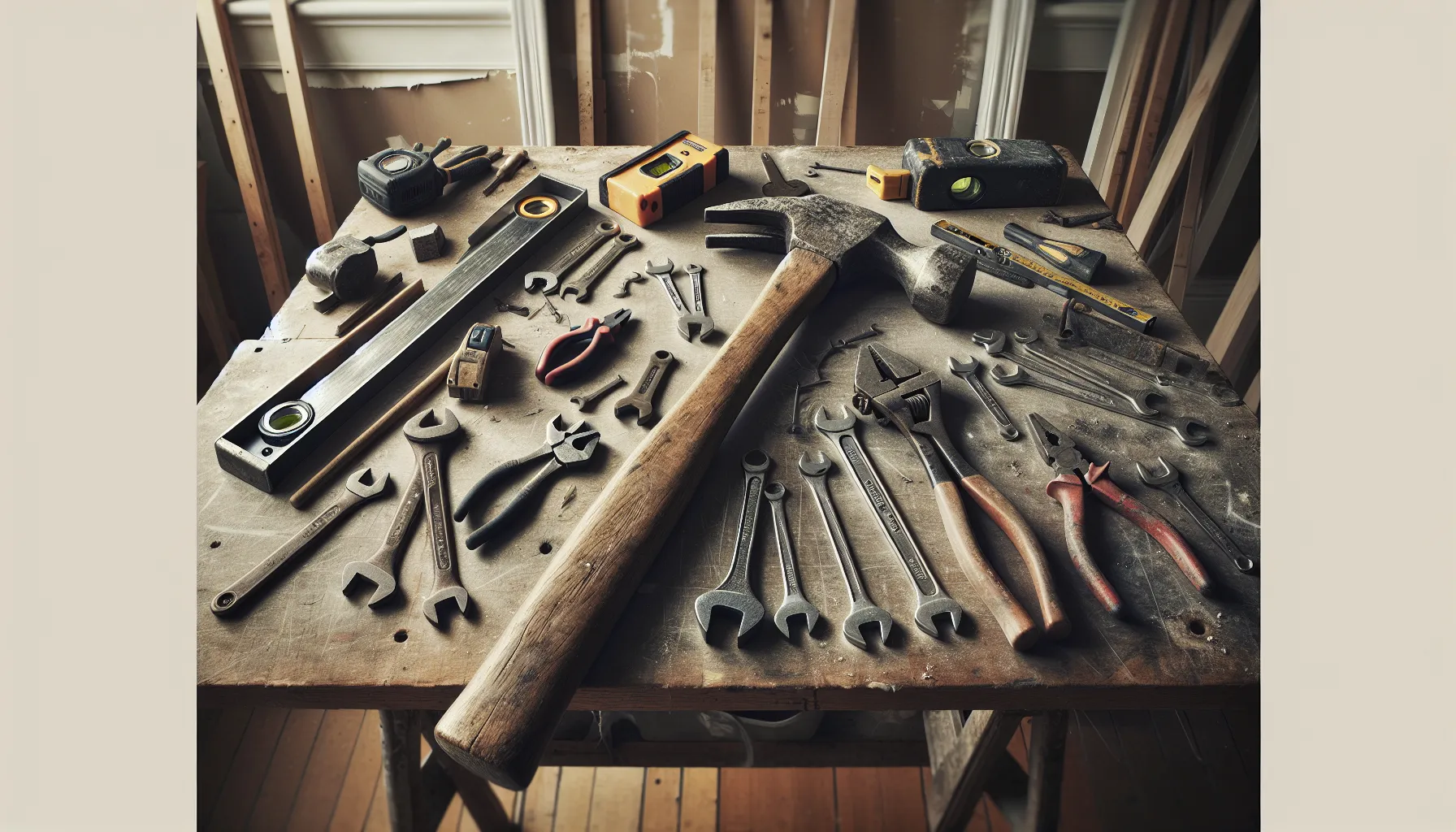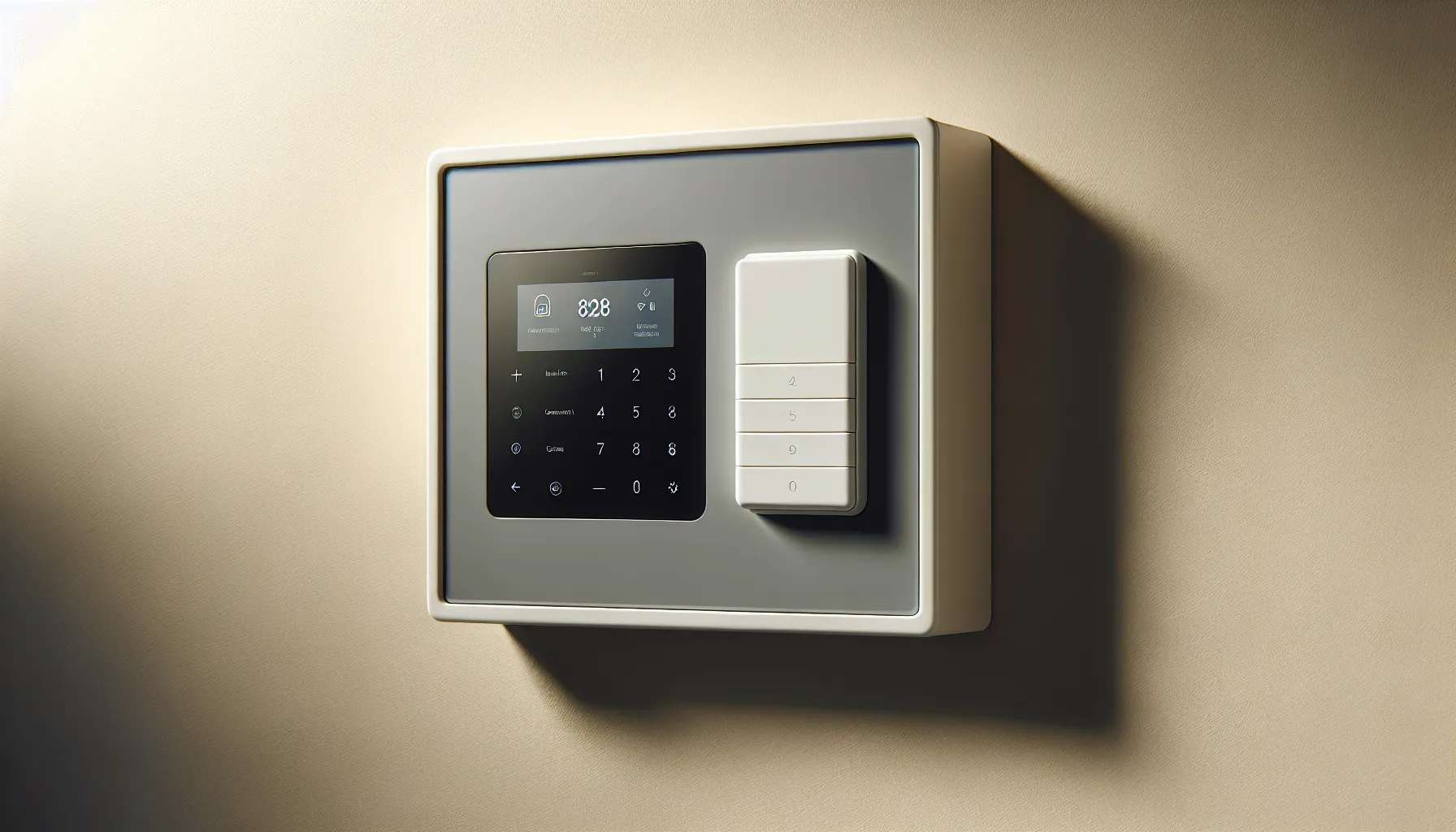What’s Your Strategy for Finding Reliable Contractors?
Navigating the maze of home improvement can be daunting, so we’ve gathered insights from CEOs and marketing specialists to find your best fit. From utilizing verified online review platforms to mixing recommendations with thorough online research, explore the top four strategies these experts use for finding reliable contractors.
- Utilize Verified Online Review Platforms
- Combine Personal Referrals With Vetting
- Seek Trusted Word-of-Mouth Recommendations
- Mix Recommendations With Online Research
Utilize Verified Online Review Platforms
My go-to strategy for finding reliable contractors is to utilize reputable online platforms with verified reviews and ratings, such as Angi (formerly Angie’s List) or HomeAdvisor. These platforms provide access to a wide range of contractors, complete with customer reviews and detailed ratings.
For example, when I needed home improvement work done, I used Angi to search for contractors in my area. The platform allowed me to review detailed profiles, read feedback from previous clients, and compare quotes. This approach not only helped me find skilled and trustworthy professionals but also ensured I made an informed decision based on comprehensive and verified information.
 Shehar Yar
Shehar Yar
CEO, Software House
Combine Personal Referrals With Vetting
When it comes to finding reliable contractors for home improvement or repair work, my go-to strategy is to leverage personal referrals combined with a thorough vetting process. While there are many online resources and directories available, nothing beats the trust and assurance that comes from a recommendation by someone you know and whose judgment you trust.
I start by asking friends, family, and colleagues if they’ve worked with any contractors they would highly recommend. This approach not only gives me a list of potential candidates but also provides firsthand insights into the contractor’s work quality, professionalism, and reliability. These personal experiences are invaluable because they often highlight aspects that online reviews might miss, such as how well the contractor communicates, their punctuality, and how they handle unexpected challenges during a project.
Once I have a few referrals, I don’t just take them at face value. I make it a point to do my own research. I look up the contractors online to see if they have a professional website, check their reviews on platforms like Google or Yelp, and verify that they have the necessary licenses and insurance. Additionally, I like to ask the contractors for references from recent projects they’ve completed. Speaking directly with past clients allows me to get a sense of how consistent their work is and how satisfied their customers have been over time.
Another key aspect of my strategy is setting up a face-to-face meeting with the contractor before committing to any work. This meeting gives me a chance to discuss the project in detail, get a feel for their communication style, and see how well we connect on the project vision. A reliable contractor will be transparent, provide a clear and detailed estimate, and be willing to answer all of my questions. They should also set realistic timelines and expectations.
In summary, my approach combines trusted referrals with a careful evaluation process. This strategy has consistently led to finding contractors who are not only skilled but also reliable and easy to work with, ensuring that the home improvement or repair work is done to a high standard.
 Samantha Easton
Samantha Easton
Chief Executive Officer, Blue Diamond Sales & Rentals, Inc
Seek Trusted Word-of-Mouth Recommendations
A good strategy for finding reliable contractors is word-of-mouth from trusted sources. I ask friends, family, or neighbors who have had similar work done for recommendations. These referrals often come with firsthand feedback on quality and professionalism. Additionally, I always check online reviews and verify their credentials, like insurance or certifications, to ensure they are qualified. The reputation and experience of a contractor go a long way in ensuring the job gets done right.
 Amaury Ponce
Amaury Ponce
Business Owner, Ponce Tree Services
Mix Recommendations With Online Research
My go-to strategy for finding reliable contractors is to rely on a combination of personal recommendations and online research. I always start by asking friends, family, or neighbors who they’ve used in the past, especially for specific jobs. But I don’t stop there—I also make sure to check online reviews and verify credentials. Websites like Google, Yelp, and even the contractor’s own social media pages can give great insights into their work quality and customer service.
One approach that really worked for me recently was when I needed a contractor to remodel a bathroom. I asked a neighbor who’d just finished a similar project, and they recommended someone they had a great experience with. I still did my homework, though—checked the contractor’s reviews, made sure they were licensed, and even asked for pictures of previous work. The result? A smooth renovation with no surprises, and a contractor I’d happily recommend myself now!
Being thorough and combining word-of-mouth with online research helps ensure you’re bringing the right people into your home.
 Lexi May
Lexi May
Marketing Specialist, Thomas Home Services
Submit Your Answer
Would you like to submit an alternate answer to the question, “What’s your go-to strategy for finding reliable contractors when you need home improvement or repair work done? Share one approach or resource.”








































